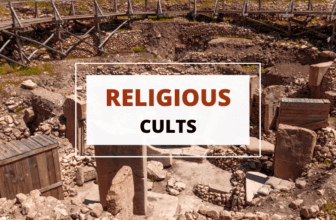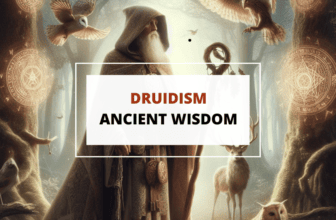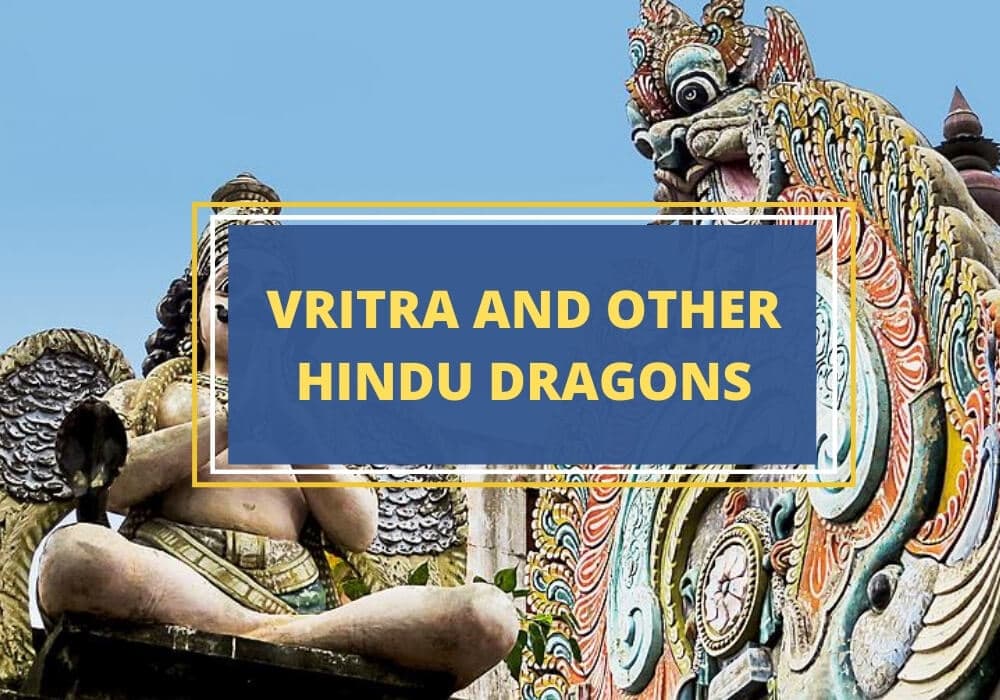
Table of Contents
While dragons aren’t as central in Hinduism as in other Asian cultures, it’s incorrect to say they don’t exist in Hindu myths. A key myth involves Vritra, a powerful Asura depicted as a giant snake or a three-headed dragon. In Hindu mythology, Asuras are similar to demons, often fighting against the good Devas. As a leading Asura, Vritra inspired many other serpent-like monsters and dragons in Hindu stories and across various cultures and religions.
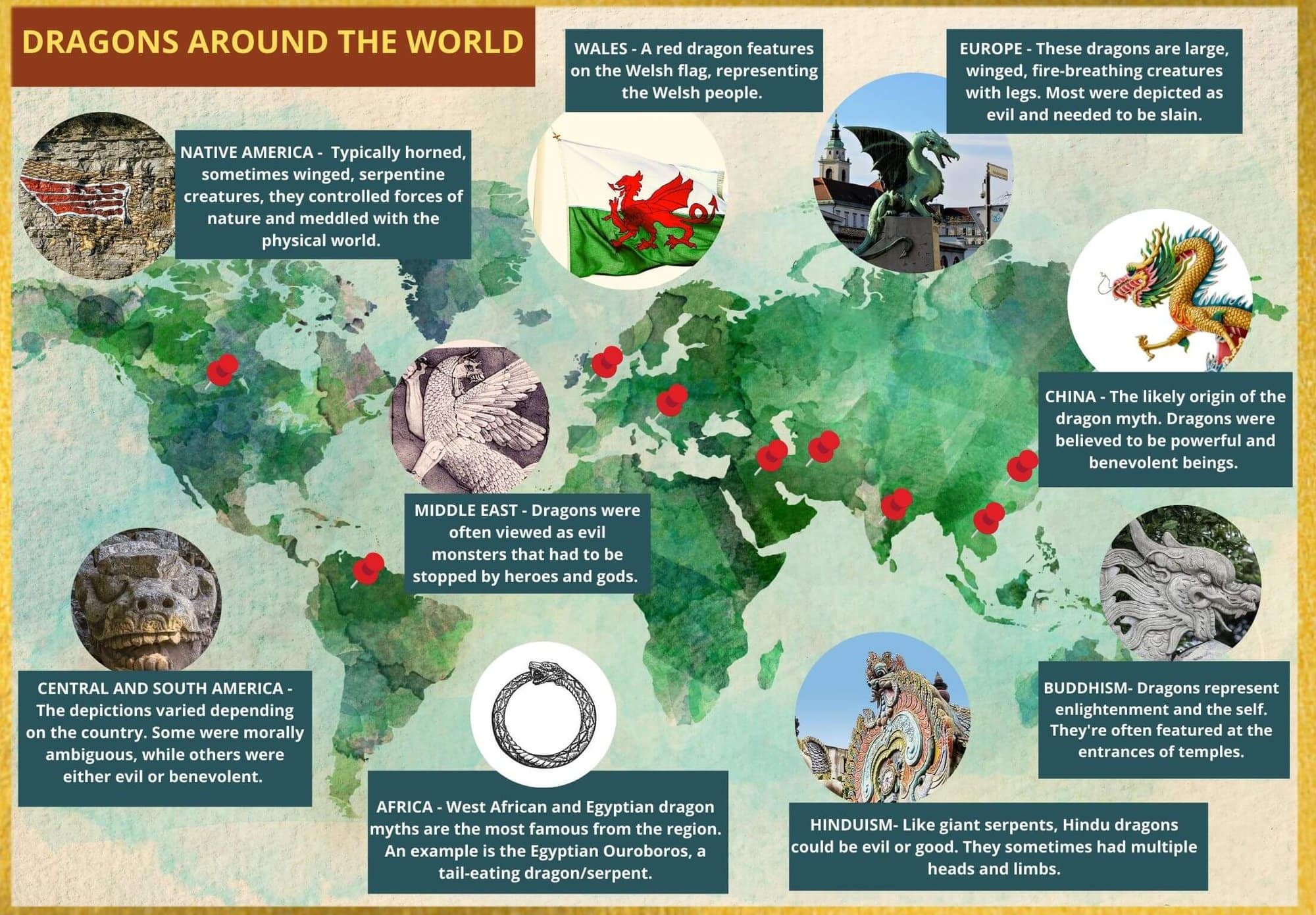
The Vedic Myth of Vritra and Indra
The Vritra and Indra myth first appeared in the Vedic religion, specifically in the Rig Veda. Here, Vritra, an evil dragon, caused droughts by capturing river waters in his ninety-nine fortresses. This portrayal of Vritra is quite different from other Asian dragons, usually seen as water deities that bring rain, not drought.
In Hinduism, dragons like Vritra are typically seen as evil, similar to dragon depictions in Middle Eastern, Eastern European, and Western European cultures. In the Rig Veda, the thunder god Indra defeats Vritra, ending the drought and releasing the rivers.
Interestingly, similar myths appear in other cultures. In Norse mythology, Thor fights the dragon Jörmungandr, in Japanese Shintoism, Susano’o defeats the serpent Yamata-no-Orochi, and in Greek mythology, Zeus battles the serpentine Typhon.
While it’s uncertain how much these myths are influenced by the Vedic story of Vritra, the similarities, especially with thunder gods, are striking. Considering Hinduism’s age and historical interactions between these cultures, it’s possible the Vritra myth influenced other cultural stories. Serpent-like monsters are common in myths worldwide, often depicted as foes for heroic figures to conquer.
Later Versions of the Vritra and Indra Myth
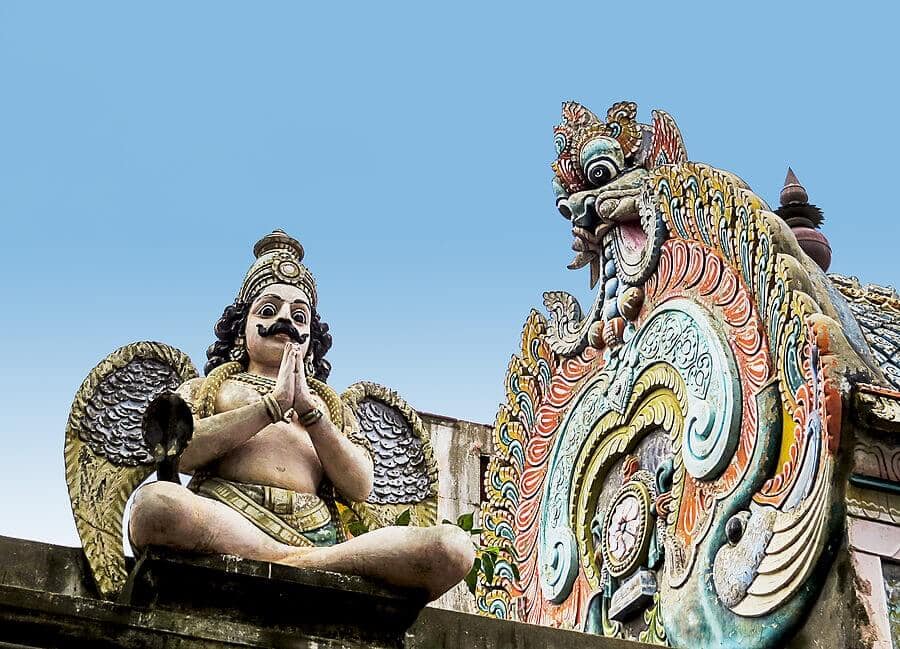
In the Puranic texts, Hindu mythology’s Vritra myth changes significantly. Different gods and heroes take sides with Vritra or Indra, shaping the story in various ways. In some stories, Vritra shows his power by defeating and swallowing Indra, but later, he has to release him, leading to a more intense fight.
Other stories challenge Indra by forbidding him to use weapons made of wood, metal, or stone, or anything dry or wet. These challenges represent cleverness in battle and the need for creative solutions.
Despite these different stories and Indra’s challenges, he usually wins against Vritra. This ending highlights good triumphing over evil, a key theme in Hindu myths. Indra’s victories often involve unusual methods or help from the gods, showing the unpredictable and magical nature of these stories.
The Vritra myth also has deeper meanings in Hindu philosophy. Vritra, causing droughts, symbolizes life’s obstacles, and Indra’s win represents overcoming these challenges. This symbolic meaning gives the myth a philosophical layer, making it meaningful on both a story and spiritual level.
The Vritra tale, with its various forms and deeper meanings, adds to Hindu mythology and shows cultural and religious values. It reflects the quest to understand power dynamics, the fight between good and evil, and the path to spiritual freedom.
The Naga
In Hindu mythology, Nāgas are semi-divine beings, part human and part serpent, different from mermaid-like figures in other stories. They started in Hinduism and then appeared in Buddhism, Jainism, and East-Asian cultures, even reaching Mesoamerican myths.
Unlike other Hindu serpent monsters, Nāgas live in the sea. They are powerful and can be good or ambiguous. They live in underwater kingdoms full of pearls and jewels and sometimes battle their bird-like enemies, the Garuda. Nāgas can change from human to serpent or dragon form, often shown with many cobra heads.
In many cultures, they symbolize the underworld, but sometimes they’re just intriguing mythological creatures.
Other Hindu Dragons
In Hindu mythology, beyond Vritra and Nāga, there are other dragon-like creatures adding variety to the stories. The Makara, part sea creature and part dragon, guards gateways and symbolizes the ocean’s chaos and mystery. Often seen in Hindu temple designs, it’s linked to the river goddess Ganga.
Ananta, also known as Shesha, is another important serpent figure. Depicted as a massive serpent with a thousand heads, Ananta serves as the resting place for the god Vishnu and plays a key role in maintaining the universe’s balance, symbolizing infinity.
Then there’s Kāliya, a toxic Nāga from Krishna’s legends. Kāliya once poisoned the Yamuna River’s waters, leading to a battle with Krishna. This story represents the victory of good and divine power over evil and destructive forces.
These serpent-like beings in Hindu stories often symbolize natural elements, cosmic forces, or emotions like anger or fear. They also represent protection. In Hindu rituals and art, these creatures remind people of the connection between the divine, nature, and moral values.
Though not as well-known as Vritra or the Nāgas, these dragon-like figures in Hindu mythology play a big part in making the stories rich and complex, showing different aspects of life, nature, and the universe.
Wrapping Up
Hindu dragons have had a notable influence on subsequent myths relating to dragons and monsters. The Vritra, possibly the most significant dragon-like creature in Hinduism, played a crucial role in the myths and legends of Hinduism and continues to endure in the culture.





